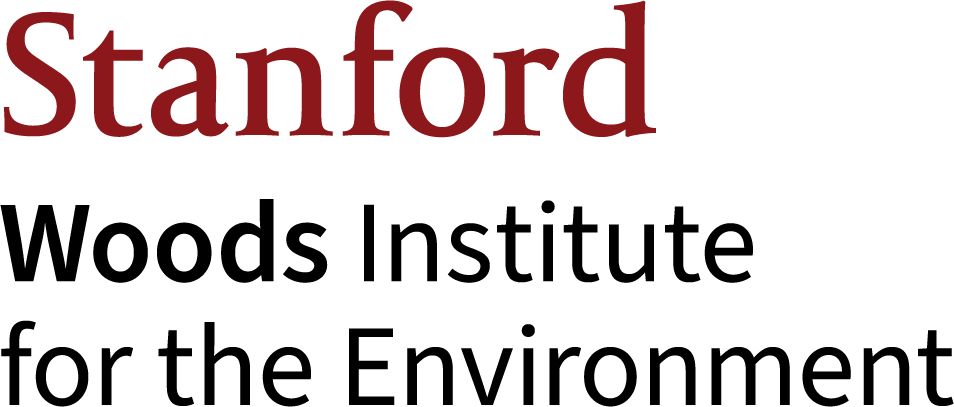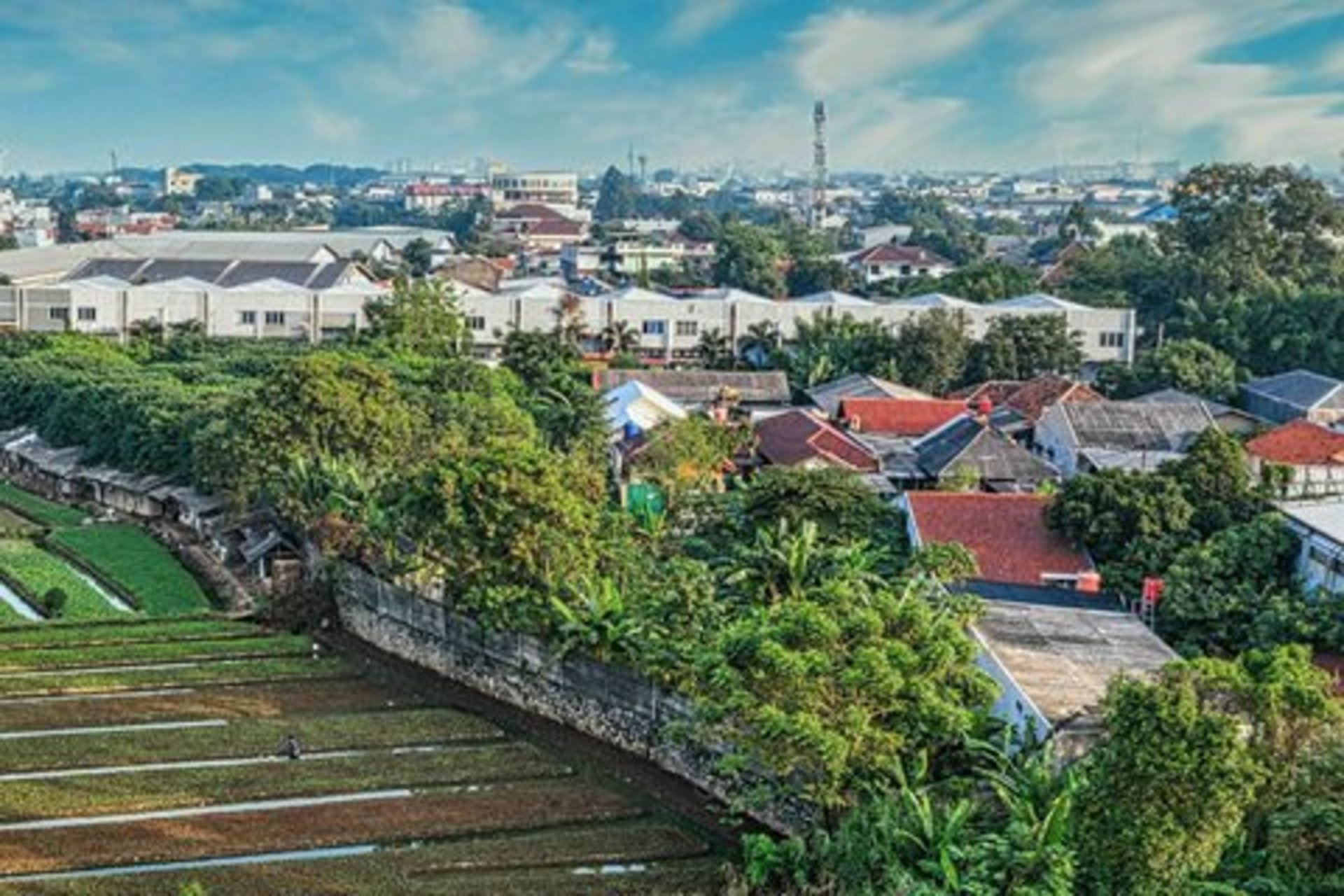Stanford Researchers Discuss How the Biden Administration Can Address Environmental Justice
Stanford School of Earth, Energy & Environmental Sciences
With racism in the public eye and the pandemic wreaking havoc on vulnerable populations disadvantaged by ecological hazards, the need to ensure environmental justice has become more apparent – and more important – than ever, according to plans laid out by the Biden administration. Stanford research on environmental, social and legal issues reveals some of the strengths and limitations of these commitments.
The U.S. Environmental Protection Agency (EPA) defines environmental justice as “the fair treatment and meaningful involvement of all people regardless of race, color, national origin or income, with respect to the development, implementation and enforcement of environmental laws, regulations and policies.” This means that vulnerable human populations and the Earth should be fostered together as one interlinked system. Instead, a long history of social inequity has left some of the most vulnerable Americans, including so-called “fenceline” and “frontline” communities most affected by pollution and climate change, reckoning with injustices that are generations in the making.
Below, environmental litigator Deborah Sivas, along with history Professor Emeritus Clayborne Carson, African and African American Studies research fellow Hadiya Sewer, Stanford legal historian Gregory Ablavsky and environmental health sciences PhD candidate David Gonzalez discuss some of the Biden administration’s environmental justice plans. While some policies show the potential for unparalleled federal accountability, the scholars argue that others may fall short of even beginning to improve disparities that compromise the health, well-being and basic livelihood of tens of millions of Americans.
What is the connection between civil rights and environmental justice?
Carson: We have environmental problems that affect poor communities much more than wealthy communities, which is the result of the fact that environmentalism 30 or 40 years ago tended to be very upper-middle class-oriented. Take the placement of parks, for example – in general, richer people have more access to parks. Race affects class. Class then affects your options. It’s more of a human rights issue today than a civil rights issue.
When you broaden it to human rights, then we’re talking about a wide variety of things that affect the opportunities open to people as people, not as citizens: Do we have a right to clean water? Do we have a right to decent housing? Do we have a right to an environment free of pathogens?
Sewer: For Black communities, environmental justice is a critical component of ongoing struggles for racial justice. Environmental racism is part and parcel of the structural violence inherent in anti-Blackness. The routine, state-sanctioned disavowal of Black lives includes both the overt racial terror of police killings and the insidiousness of racist environmental policy and planning. Environmental justice asks us to pose tough questions about the ecological legacies of slavery, imperialism, colonialism and racial capitalism.
How could Biden’s pledge to establish an Environmental and Climate Justice division within the Department of Justice help vulnerable communities?
Sivas: Such a new division could vigorously enforce the pollution laws we have on the books and, where necessary, seek additional legislative authority to hold polluters accountable. Our clean air and water laws already provide authority for quite significant civil and criminal penalties against violators, but under both Republican and Democratic administrations, EPA has historically been reluctant to zealously enforce them. If the Biden administration is serious, it would retain enthusiastic prosecutors and charge the new DOJ division with a mission that is focused laser-like on protecting frontline/fenceline communities. It must also quickly rebuild institutional capacity at the EPA.
What hurdles will the federal government face in helping frontline and fenceline communities?
Sivas: The demographics of these communities have been driven by historic discrimination, including such practices as redlining, blockbusting and restrictive covenants. The resulting residential patterns that exist today have clustered many of the most polluting industries in predominantly lower-income communities of color. Targeting federal resources for more monitoring and data collection in these communities is useful and to some extent empowering, but merely documenting the problem is far from sufficient. We need policies that actually reduce the pollution burdens in these communities.
A major obstacle is that the federal government has little legal authority to affect state and local land use. The new administration can try to fund, work with and/or pressure local and state governments to address these issues, but the competing economic and political pressures from polluting industries are often overwhelming.
Ablavsky: In general, for Native peoples, the struggle for environmental justice is part of a larger struggle for the right to have their own laws and customs dictate relationships with the land – which is distinct from, even if it at times intersects with, the values of environmentalism.
In many ways, the new administration has pledged a broad return to the generally pro-tribal policies pursued by the Obama administration – placing more lands under Native jurisdiction through a process called land-to-trust. Biden’s Secretary of the Interior is Deb Haaland, a member of Laguna Pueblo, the first Native person to head the agency that includes not only the Bureau of Indian Affairs but also many of the agencies – the Bureau of Land Management, the National Park Service, Fish and Wildlife Service, for example – that set the nation’s environmental agenda.
What can the administration do to harness scientific research for positive change?
Gonzalez: The administration should roll back anti-scientific policies implemented under the Trump administration. In January, the EPA promulgated what they termed a transparency rule introduced by the Trump administration, which would require regulators to give less weight to studies that don’t make their underlying data public. With this policy in place, many of the studies that have investigated environmental hazards – and identified disproportionate impacts among marginalized communities – would be given less attention. The data are confidential for a reason: to protect the privacy of the study participants. For example, my colleagues and I work with clinical data on birth outcomes and maternal health, which is obviously sensitive and confidential. Diminishing this kind of work could lead to more harm.
Sivas is the Luke W. Cole Professor of Environmental Law and director of Stanford’s Environmental and Natural Resources Law and Policy Program and its Environmental Law Clinic; she is also a senior fellow with the Stanford Woods Institute for the Environment. Carson is also a senior fellow at the Center on Democracy, Development, & Rule of Law at the Freeman Spogli Institute for International Studies. Gonzalez is a PhD candidate in the Emmett Interdisciplinary Program in Environment and Resources (E-IPER) who taught Shades of Green: Redesigning and Rethinking the Environmental Justice Movements in 2019 and 2020. Ablavsky is an associate professor of law, the Helen L. Crocker Faculty Scholar and associate professor of history, by courtesy.
Explore More
-
Coastal marine ecosystems remove excess greenhouse gas from the atmosphere -- and much more, scholars explain.
-
Gabrielle Wong-Parodi and Jim Leape are leading an initiative to launch the planned Sustainable Societies Institute by the end of 2024.




